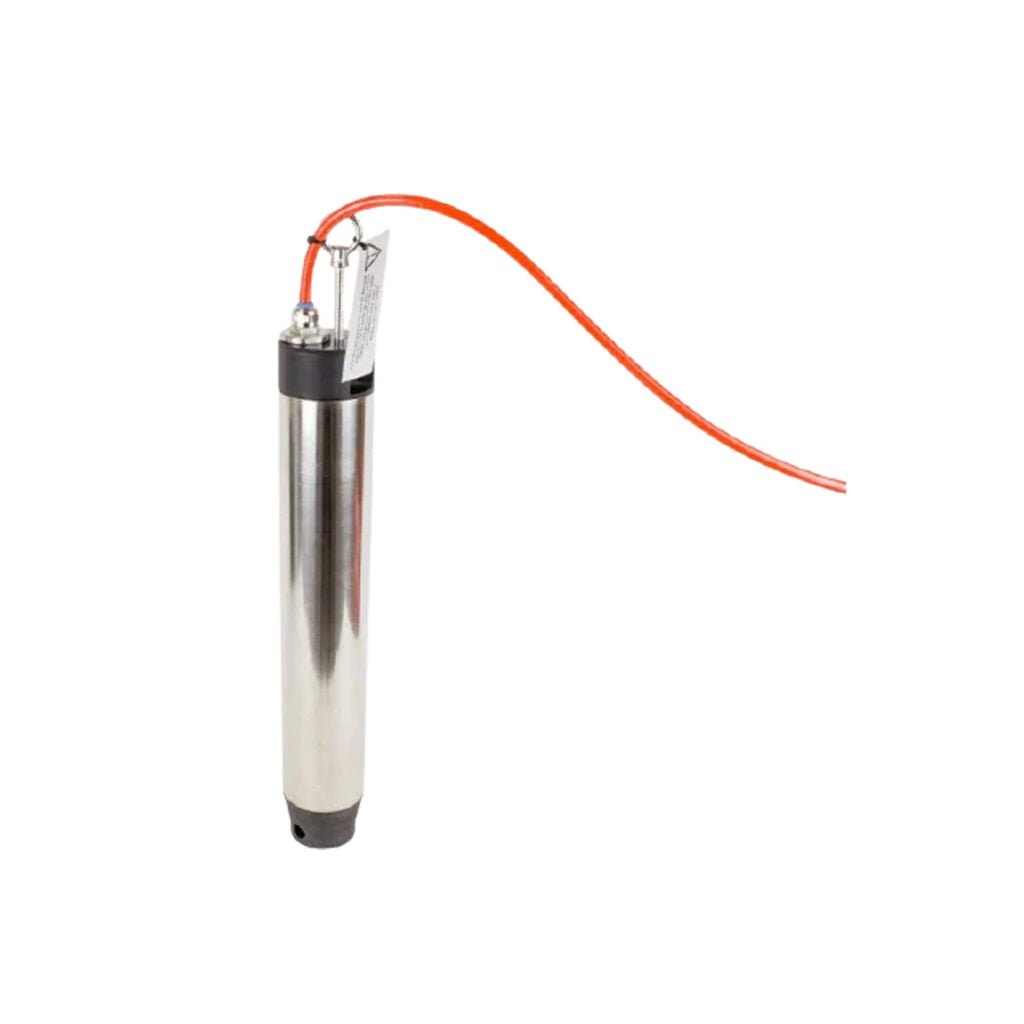Currently Empty: $0,00

GEO-OBS60/120F: FLOATING AND SINKING BROADBAND SEABED SEISMOMETER
The sinking and floating broadband seabed seismometer is one of the key equipment for seabed earthquake observation. The international community began to develop seismographs placed on the seabed in the 1980s. Usually, a sinking and floating seabed seismometer consists of an acquisition recorder, a seismometer, a gimbal, a release mechanism, a sealed cabin, a battery, a beacon, an underwater acoustic communication circuit and a sinking coupler. Because the key technologies involved in seabed seismometers are very complex and very difficult, especially the sinking and floating broadband seabed seismometers. GEO-OBS60/120-F is the first sinking and floating broadband seabed seismograph independently developed in my country. It connects two spherical sealed cabins with stainless steel plates, and rationally integrates and distributes three-way integrated broadband seismometers, 24-bit data acquisition recorders, gimbals, batteries and other submersible submersibles in the two spherical sealed cabins. The necessary electronic and mechanical equipment for a seismograph keeps the whole body balanced in seawater. At the same time, it has very low power consumption and can record continuous operation on the deep seabed for up to 2 months. It is also light-weight and simple in structure, which is beneficial to sea launch and recovery operations.
OVERVIEW
Description
APPLICATION AREAS
The sinking and floating broadband seabed seismometer was used in the marine seismic station construction project of the “Digital Seismic Observation Network” project of the China Earthquake Administration around 2006. It has been tested many times in the sea area south of Zhuhai and has been successfully used in China. Deep-sea observation experiments were conducted in the South China Sea and achieved success.
WORKING PRINCIPLE
The working process of the sinking and floating broadband seabed seismometer is to select an appropriate sea area and drop the sinking and floating broadband seabed seismometer and the sinking coupling frame is much greater than that in seawater. buoyancy , so it will sink to the seabed. After sinking to the seabed, the internal gimbal will be automatically activated for leveling. After the leveling is completed, the seismometer will start to work, and the data collector will also enter working state and start continuous collection and recording. Seismometer output. When it is necessary to obtain recorded data, the sinking and floating broadband seabed seismometer must be recovered. A release command can be sent through sonar. The sinking and floating wide-band seabed seismometer receives the hydroacoustic release command and starts the release mechanism to separate the sinking coupling frame from the recovery part of the sinking and floating wide-band seabed . The sinking and floating wide-band seabed seismometer Since the buoyancy of the instrument recovery part is greater than its own gravity, it will float to the sea surface, and the GPS positioning information will be sent out by the digital radio station. Then the position of the instrument will be determined based on this information and the instrument will be salvaged. Then the observation data recorded by the data collector will be extracted for analysis and scientific analysis. Research.






















